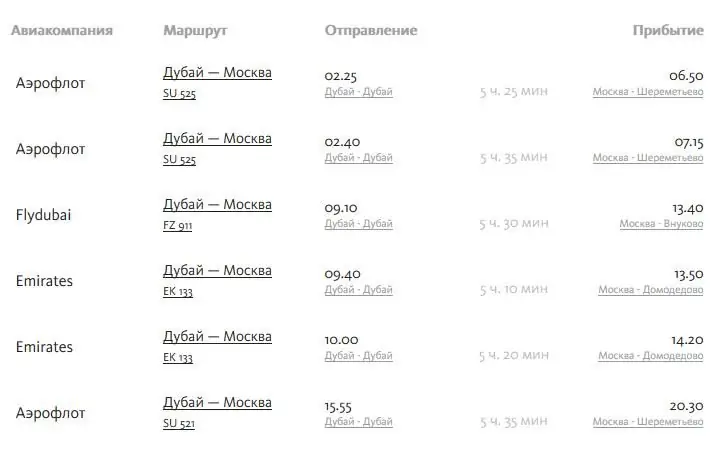- Author Harold Hamphrey [email protected].
- Public 2023-12-17 10:06.
- Last modified 2025-01-24 11:10.
One of the most grandiose construction projects in the USSR is the unfinished Palace of Soviets, which they tried to build in the 30s and 50s. The purpose of its construction was to demonstrate the power and greatness of socialism.
Getting Started
For the first time the idea of building a building of this magnitude arose in 1922 during the First Congress of Soviets. The purpose of the construction was to show the greatness of the city, to indicate that it is the center of the world, to create a single composition of high-rise buildings in the center of the capital. The Palace of the Soviets was never built, but thanks to this plan, domestic architecture began to actively develop, a new direction appeared, which was called “Stalinist classicism.”
1931 was marked by a large-scale international competition, the purpose of which was to identify the best architect and the design of the building itself, which would become the center of the city of Moscow. The Palace of Soviets assumed not only the erection of a monument on the roof of the largest building in the city, but also its surrounding with majestic buildings, which were supposed to indicate the greatness of the state and amaze ordinary citizenscountries.
In addition to professionals, ordinary citizens took part in the competition, as well as the work of architects from other countries. However, most of the projects did not meet the requirements put forward or did not meet the ideology of the country, so the competition was continued among real applicants from five groups, which included B. M. Iofan.

During the two years of the competition, participants have created more than 20 projects. The results of the competition were announced on May 10, 1933, when the commission decided to accept the project of B. M. Iofan, as well as to use the best techniques and parts of the projects of other architects, involving them in the work on the building project.
Construction and war
1939 was the beginning of construction. The next party congress decided to end it in 1942, but this was not to be.
Of course, the idea was grandiose. In addition to the fact that the Palace of Soviets of the USSR was supposed to rise 420 meters in height, the height of its ceilings inside was supposed to be about 100 meters. The hall, where it was planned to hold sessions of the Supreme Council, could accommodate (according to the project) 21,000 people, but the small hall could receive 6,000 guests.

The chief architect was not happy that a statue of Lenin would have to be installed on the building, since the architecture of the building would immediately fade next to the majesty of the leader. However, under pressure from the co-authors of the project, he had to give in.
Construction began without any problems, but with the outbreak of war, all workwere suspended. Over time, the Palace of Soviets was left without a metal frame. It was withdrawn for the needs of the industry, which at that time was in dire need of the metal.
After the end of the war, all the resources left for the construction of the building were used to rebuild the country, so construction never began.
After Stalin's death, his regime was severely criticized, in fact, as was the construction project itself. Therefore, Khrushchev decided to hold a competition for a new project and architect. However, the competition did not reveal anything interesting and new, so the construction was never continued.

Today, from the grandiose construction of all times, only the foundation remains, on which the Cathedral of Christ the Savior is located today. The bunker of the Palace of Soviets building, which is located under the temple, contains many passages and secrets, but getting there is not as easy as we would like.






